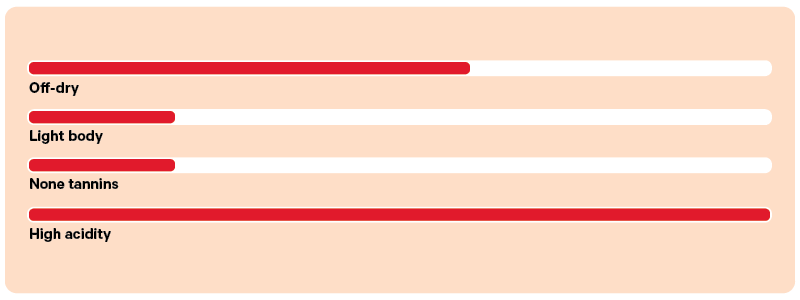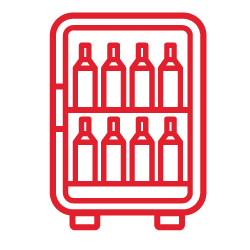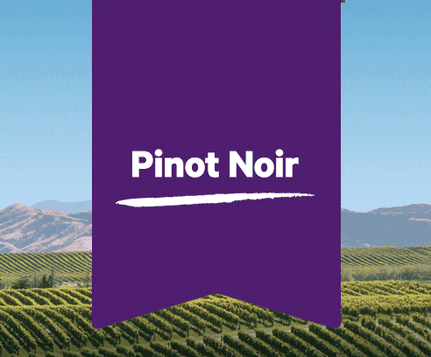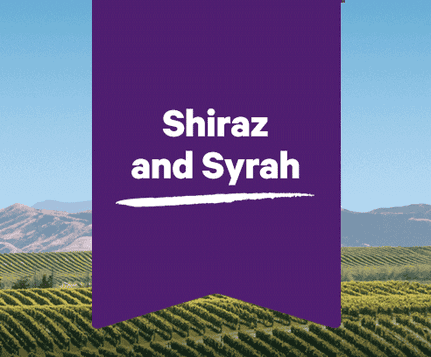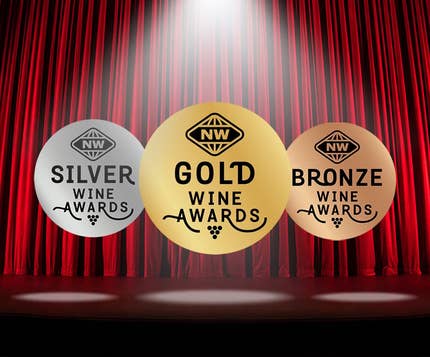Guide to Riesling
From dry and crisp to deliciously sweet, Riesling is a popular Kiwi go-to. Here’s a guide on how to shop for your next summer wine.

When it comes to Riesling, you’ll find many different options in the range of dry to sweet. The fresh, crisp flavours make it refreshing in humid summer months, but can be enjoyed all year round.
Here’s what to look for when buying your next drop.
Storing and serving
|
|
|
Before serving: | Once opened: | Serving: |
| Keep away from direct sunlight at a stable, cool temperature. Top-quality Riesling will improve if kept for 5-10 years. | Store in the fridge and drink within 3-5 days. | 5 and 10 degrees Celsius. More quality Riesling requires less time in the fridge. |
Riesling average nutrition in 150ml glass (1 serving)
Alcohol 10.5% to 12% | Dry Riesling - 123 calories.Sweet Riesling - 225 calories. | Sugar 1.5 - 10 grams | Carbohydrates 5.6 grams |
How much do I spend?
For a delicious New Zealand Riesling, expect to spend around $20 to $30. This range typically offers good quality, with balanced flavours and freshness.
Higher-end options can cost more and will have more complex flavours.
Read our wine pricing guide for more.
What's a good Riesling to buy?
1 / 0
Riesling compared to other wines
Body:
Riesling is light to medium-bodied, crisp and refreshing. Chardonnay can range from medium to full-bodied, often with a richer, creamier feel in the mouth, especially when oak-aged.
Acidity:
Riesling has high acidity, delivering a zesty sip. Chardonnay usually has moderate to high acidity, which can be smoother, particularly if it’s from cooler New Zealand regions or oaked.
Dryness/sweetness and taste:
Riesling can range from dry to sweet, with bright fruit flavours like apple, peach, and even floral flavours (often called ‘aromatic’ wine). Chardonnay is usually dry, with flavours of green apple, citrus, and creamy butteriness if it’s oak-aged.
Learn about Chardonnay
Body:
Riesling is light to medium-bodied, crisp and refreshing. Sauvignon Blanc is also light-bodied, delivering a vibrant ‘zest’ to your mouth.
Acidity:
Riesling has high acidity, providing a sharp finish, and Sauvignon Blanc usually has even higher acidity again.
Dryness/sweetness and taste:
Riesling can range from dry to sweet, featuring flavours of stone fruits, apple, and florals. Sauvignon Blanc is usually dry, with bright citrus and tropical fruit flavours, often with grassy or herbaceous undertones. Riesling tends to be more aromatic, while Sauvignon Blanc is more straightforward and refreshing.
Learn about Sauvignon Blanc
Body:
Riesling is light to medium-bodied, crisp and refreshing. Gewürztraminer is typically medium-bodied, with a richer feel in the mouth.
Acidity:
Riesling has high acidity, which gives it that sharp finish. Geürztraminer generally has lower acidity, considered ‘smooth’ by experts.
Dryness/sweetness and taste
Riesling can range from dry to sweet, showcasing flavours of stone fruits, apple, and florals. Gewürztraminer is usually off-dry to sweet, featuring bold flavours like lychee, rose petal, and even cinnamon.
While many Riesling styles can fall into the sweet or dessert wine category, Moscato is almost exclusively a dessert wine. Body:
Riesling is light to medium-bodied, crisp and refreshing. Moscato is light-bodied, soft and sweet. Acidity:
Riesling has high acidity, providing a sharp, lively finish. Moscato has lower acidity, resulting in a smoother, more easy-drinking profile.
Dryness/sweetness and taste:
Riesling can range from dry to sweet, offering flavours of apple, peach, and citrus with florals. Moscato is sweet, with vibrant flavours of peach and apricot.
Body:
Riesling is light to medium-bodied, with a crisp and refreshing feel. Pinot Gris is medium-bodied, offering a richer, slightly fuller texture.
Acidity:
Riesling has high acidity, so is slightly sharper. Pinot Gris has moderate acidity, considered a smoother drop.
Dryness/sweetness and taste:
Riesling can range from dry to sweet, with flavours of citrus, stone fruit, and florals. Pinot Gris is typically off-dry to dry, with flavours of pear, apple, and stone fruits, sometimes with a hint of spice. Riesling is more aromatic and zesty.
Learn about Pinot Gris
Sweet Riesling dessert wines
Riesling’s natural sweetness and high acidity make it ideal for producing sticky wines, also known as dessert wines. They’re rich, sweet, and perfect for pairing with desserts or cheese after dinner. Delicious!
Which food does Riesling pair well with?
Refreshingly light New Zealand Riesling compliments fish, seafood, and lighter chicken dishes. At the same time, the acidity and freshness or Riesling will cut through heavier or slightly spicy dishes like Asian food.
Read our food pairing guides for more.
Riesling FAQs
German Riesling tends to be sweeter, with rich flavours like honey and stone fruit, and often has a lower alcohol content.
New Zealand Riesling, on the other hand, is typically drier and more citrusy, with zesty notes of lime and green apple, thanks to our cooler climate.
Both are aromatic, but New Zealand’s version is usually crisper and fresher.
Riesling is one of the few white wines that improves with age. Its sugar and acidity act as natural preservatives.
To let a young Riesling develop more complex flavours, store it in a cool, dark spot—like the back of a kitchen cupboard.
It’s normal for Riesling's taste and aroma to evolve as it warms and breathes, revealing deeper flavours and more aromas—those are good changes. But if your Riesling smells like wet cardboard or has turned a darker yellow, it’s likely gone off.
If that happens, don’t toss it! Consider making white wine vinegar - details below.
Riesling’s high acidity makes it perfect for turning into white wine vinegar. Just leave it in a warm spot for a few weeks with a cheesecloth over the bottle to let it breathe and prevent bugs.
As with any white wine, serve your Riesling slightly chilled. But not too cold, as Riesling is a very aromatic wine.
Cold temperatures will close up Riesling’s aromatic bouquet and stop you from experiencing the full range of flavours.
Place your bottle of Riesling in the fridge for approximately two hours, and serve it anywhere between 5 and 10 degrees.
Better quality Rieslings require less time in the fridge.
Riesling is one white wine you can get away with serving in a red wine glass.
Try pouring Riesling into both a white and red wine glass, then compare the aromas. Riesling is very aromatic, and the wider shape of red wine glasses traps more vapors, enhancing the smell.
Give it a go and see if you notice the difference!
History of Riesling
Riesling came to New Zealand in the early 1800s and thrives in the South Island’s cool, low-humidity climate. In the 1980s, it was known for being overly sweet, and marketed to non-wine drinkers.
Now, New Zealand Riesling offers a range of aromas—from crisp apple and floral notes to bold citrus and stone fruit. Its balanced sweetness and flavours make it the perfect summer wine.
Riesling originated in Germany’s Rhine region around the 15th century and became one of Europe’s most respected grape varieties, known for its versatility and aromatic qualities.
Over time, it spread across the world, thriving in cool climates like France, Austria, and later here in New Zealand.




